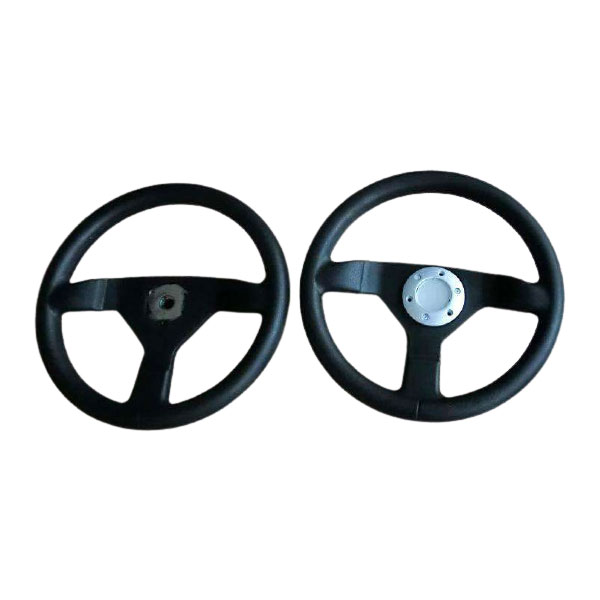PU paint is a commonly used coating with excellent wear resistance, weather resistance, chemical corrosion resistance and other properties. However, there are some common problems that may occur when using PU paint. Here are some common problems and their possible causes and solutions:
Foaming/Bubbles:
Possible reasons: The paint contains moisture or volatile substances, the surface is unclean, the humidity of the construction environment is too high, the substrate absorbs moisture, air bubbles are trapped in the paint, etc.
Solution: Make sure the substrate surface is clean, dry, and use an appropriate primer; control the humidity of the construction environment; check whether the paint is expired or damp; choose appropriate spray pressure and nozzle size.
Sag/Trickle:
Possible reasons: the construction thickness is too large, the spraying pressure is too high, the construction speed is too fast, the paint viscosity is inappropriate, etc.
Solution: Control the construction thickness to avoid excessive spray pressure, adjust the spray speed to ensure appropriate paint viscosity.
Rough surface/pitting:
Possible reasons: inappropriate paint viscosity, uneven substrate surface, unstable construction environment temperature, poor paint fluidity, etc.
Solution: Adjust the paint viscosity; ensure the surface of the substrate is smooth; control the temperature and humidity of the construction environment; use appropriate paint thinner.
Color difference/discoloration:
Possible reasons: poor paint quality, uneven pigment dispersion, moisture absorption in the substrate, poor construction conditions, etc.
Solution: Make sure to use high-quality paint; stir the paint thoroughly to ensure that the pigment is evenly dispersed; avoid moisture absorption in the substrate; improve the construction environment.
Poor adhesion:
Possible reasons: The surface of the substrate is not clean, the primer is not dry, the paint is not fully cured, the primer and topcoat are incompatible, etc.
Solution: Make sure the substrate surface is clean and use an appropriate primer; wait for the primer to dry fully before painting; make sure the paint is fully cured; make sure the primer and topcoat are compatible.
Cracking/peeling:
Possible reasons: uneven thickness of coating construction layer, mismatch of thermal expansion and contraction coefficients between substrate and coating, uneven surface tension of substrate, aging of coating, etc.
Solution: Control the thickness of the coating construction layer; select coatings with matching coefficients of thermal expansion and contraction; ensure uniform surface tension of the substrate; regularly check the status of the coating and replace aging coatings in a timely manner.


